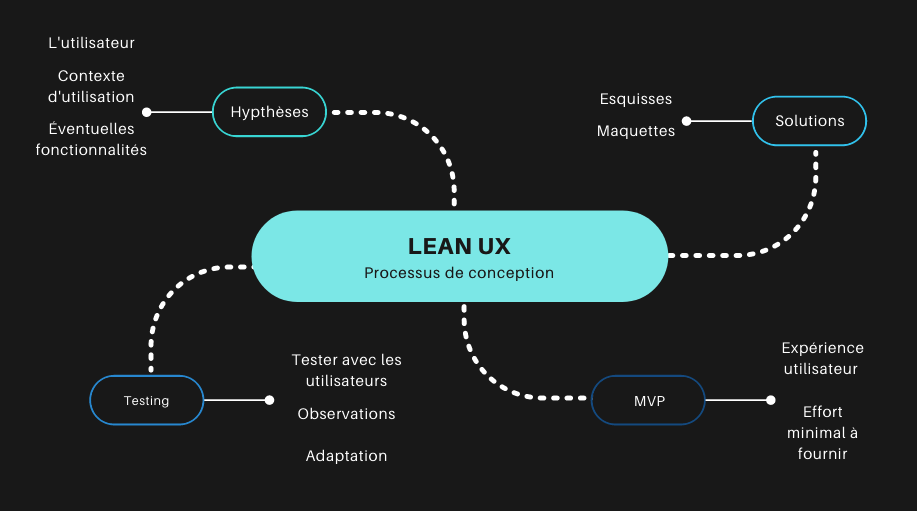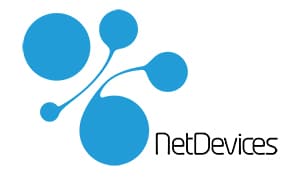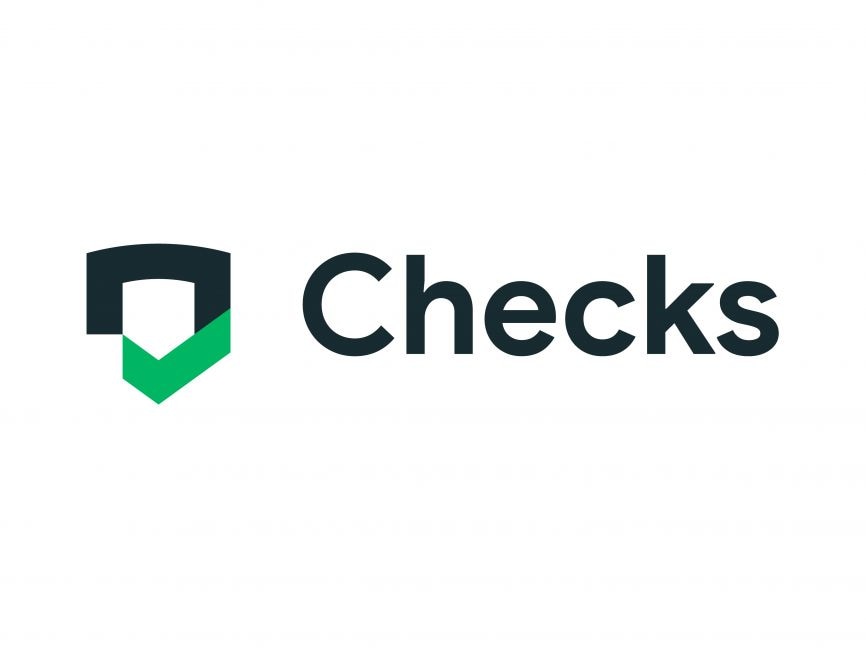In the world of web development, the user experience (UX) is an essential element in ensuring the success of a project. Lean UX stems from the Lean Startup methodology. It's an approach that simplifies and optimizes the process of creating a quality user experience. In this article, Netdevices explore what Lean is UX. How it can help companies develop more efficient and effective web projects.
What is Lean UX ?
Lean UX is a user-centered design method that emphasizes close collaboration. This takes place between the various parties involved in a project, such as developers, designers and marketers. This approach aims to reduce wasted time and resources by focusing on the essentials. This means understanding users' needs and creating solutions that optimally meet them.
The key principles of Lean UX :
- Collaboration: Lean UX encourages communication and collaboration between the different members of the project team. This enables decisions to be taken more quickly and to adapt to changes in the market.
- Validation by users: Lean UX also emphasizes the validation of design hypotheses by end-users. This ensures that the solutions developed really do meet their needs.
- Rapid iterations: Lean UX encourages teams to rapidly develop and test prototypes. The aim is to identify problems and solve them on an ongoing basis.
- Learning: The learning process is at the heart of Lean UX. Teams must be ready to learn from each iteration and adjust their approaches accordingly.
A Lean process UX in four key phases
Formulation of hypotheses and assumptions
The team defined its hypotheses concerning the product vision, the user, the context of use and the applicable functionalities.
Development of collaborative solutions
Team members then design solutions to validate hypotheses and assumptions, using sketches and models. This will encourage everyone to participate in the design and development process, promoting a common understanding within the team.
Definition of MVP (Minimum Viable Product)
The team then determines the minimum effort required to verify that the assumptions made have been corrected. The MVP represents a simplified version of the user experience, simulating the use of the product or service concerned.
Hypotheses and assumptions
Finally, the team put their solutions to the test to verify their hypotheses and assumptions. To do this, it uses "collaborative research techniques" and tests directly with users, usually qualitatively, through interviews, observations and usability tests.
How can Lean UX benefit your web project?
- Saving time and money: By focusing on user needs and avoiding unnecessary functionality, Lean UX reduces development costs. It also speeds time-to-market.
- Flexibility: Thanks to its iterative nature, Lean UX enables teams to adapt quickly to changes and respond to new market requirements.
- User satisfaction: By placing users' needs at the heart of design, Lean UX ensures that the solutions developed meet their expectations, leading to greater customer satisfaction and loyalty.
- Continuous improvement: Lean UX encourages constant learning and improvement, enabling teams to keep abreast of the latest trends and technologies.
Conclusion
Lean UX is an innovative approach that enables companies to develop high-performance web projects tailored to user needs. At Netdevices, web development agency, we apply the principles of Lean UX to ensure the success of your projects and maximize their impact on your business. Contact us to find out more about our expertise in Lean UX. We'll help you realize your nums new


